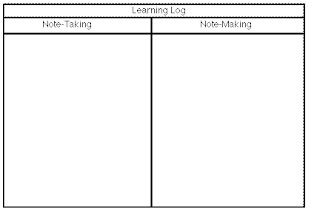* Rubrics
+Teacher-made rubric & Matrix


Yes
|
No
|
Teacher check
|
|
I
listened when teacher read aloud
|
|||
I
read my flip book to a partner
|
|||
I
drew my pictures in the flip book
|
|||
I
wrote my name on the cover of my flip book
|
COLUMN A
|
COLUMN B
|
1.
|
a.
|
2.
|
b.
|
3.
|
c.
|
4.
|
d.
|
5.
|
e.
|
DEFINITIONS
|
TERMS
|
1.
|
a.
|
2.
|
b.
|
3.
|
c.
|
4.
|
d.
|
5.
|
e.
|
Elementary Mathematics Performance Tasks Overview: what are performance tasks and how can they be scored?
Grade 5 Performance Tasks Answer Key: answers to all performance tasks
Adding and Subtracting Decimals: constructing a bar graph, analyzing data
Adding and Subtracting Fractions: adding and subtracting fractions with like and unlike denominators
Dividing Whole Numbers: 1-Digit Divisors: dividing by 1-digit numbers, finding mean, median and mode
Dividing Whole Numbers: 2-Digit Divisors: dividing by 2-digit divisors, solving to find the least and greatest quotient
Geometry: understanding intersecting, parallel and perpendicular lines, identifying angles, symmetry and congruency
Ratio and Probability: finding the probability of an event
Multiplying and Dividing Decimals: multiplying whole numbers by decimals, dividing decimals by whole numbers
Multiplying and Dividing Fractions: multiplying whole numbers and fractions, working with range of numbers
Multiplying Whole Numbers: multiplying up to 5-digit numbers by 1-digit numbers, finding area
Understanding Fractions and Mixed Numbers: reading and writing fractions and mixed numbers, estimating lengths
Understanding Numbers: reading and writing whole numbers to billions, comparing whole numbers
Using Addition and Subtraction: estimating and calculating sums and differences of 3-digit to 6-digit numbers
| Complex Thinking Standards |
|
|---|---|
| Learner Expectation(s) |
|
| K-12 Content Standard(s) | III. Understands the implications of science and technology.VI. Understands the processes and structures of life that all living things change over time. |
| Key Learnings | 1. Understands that learning can come from close observation of plants and animals but that they should not be mistreated.2. Understands how adaptations enable different species to help them survive. |